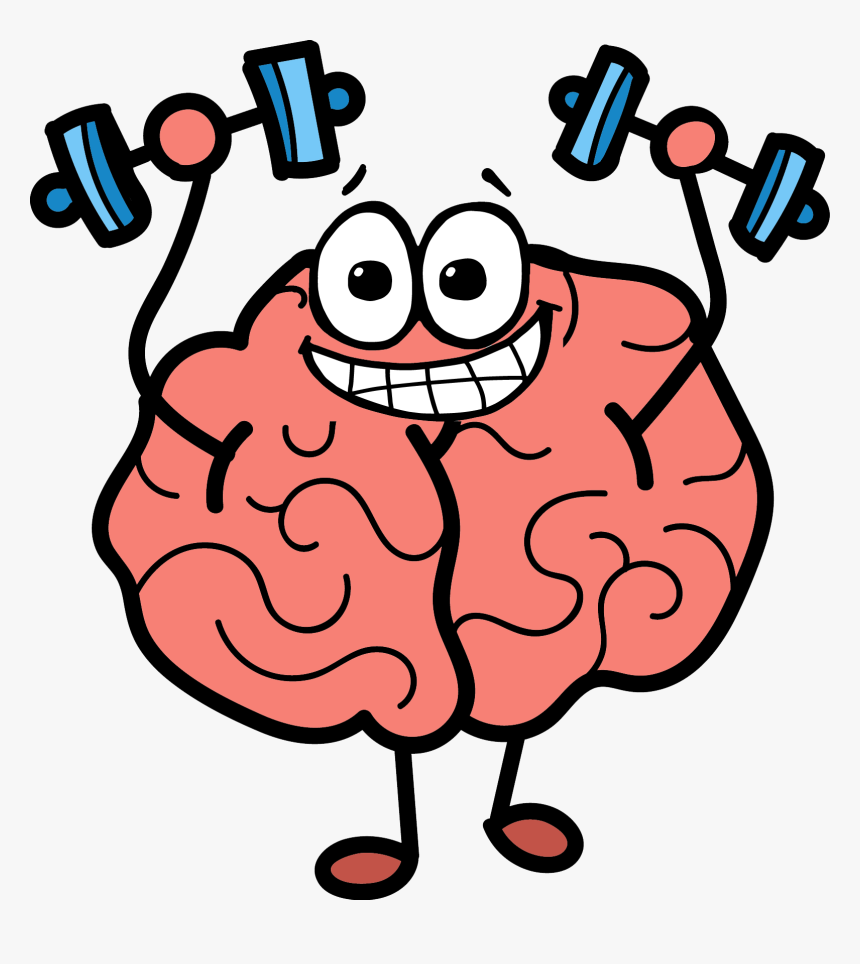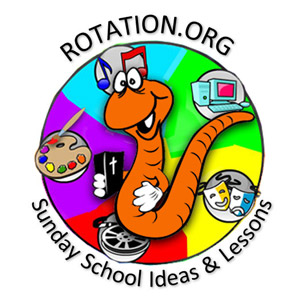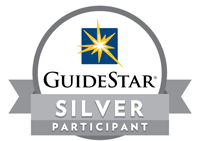"Thanks Dopamine" shares the latest brain and learning research about Dopamine and how it can be triggered in our learners. Dopamine is an important neurotransmitter activated by novelty, surprise, joy, and reward that signals to the brain to PAY ATTENTION and GET MORE OF THIS (or get away! look for something else). The Rotation Modelers who created Rotation.org have a long history of paying attention to the educational and brain research for insights into how we learn and how to enhance our teaching. This article is another in that important topic.
The following is an excerpt from the FULL ARTICLE that appears in our Supporting Member Resources. The full article has much more detail and many lesson examples of how to trigger the release of dopamine in our student's brains with our lessons and learning environments for better teaching, learning, memory, and fun.
Dopamine is the neurotransmitter in the brain that helps regulate our memory, movement, motivation, mood, and attention in response to everything we are experiencing every minute of every day.
Dopamine's job is to sharpen awareness, increase focus, and improve memory formation (among other things) when we encounter something new or potentially rewarding. It's part of our brain's ancient and deep wiring that has evolved to help us learn and survive.
Sometimes called "The Reward Hormone" or "The Learning Hormone" it can also be described as "The Focus and Memory Creator." As this article in NeuroLaunch describes it:
The release of dopamine increases focus and learning by allowing us to absorb and process information more effectively, laying the groundwork for learning to occur. Moreover, dopamine plays a crucial role in memory formation and recall. The release of dopamine during a learning experience strengthens the synaptic connections between neurons, a process known as long-term (memory) potentiation.
In a recent study, researchers found that the release or non-release of dopamine creates a continuous signal to the brain about how to react to everything we are experiencing both consciously and sub-consciously.
Five Ways to Trigger Your Student's Natural Ability to Focus and Remember
Thanks to research, we know there are several things we can do to trigger the release of dopamine in our learner's brains in order to improve attention and retention...
Trigger 1. Joy and Desire trigger dopamine release.
When the brain perceives something as pleasurable, needed, fun, or potentially rewarding, it releases dopamine to heighten cognitive awareness, mood, memory, and physical functionality in an effort to get more of the good stuff. Conversely, when we experience something boring or unrewarding, dopamine subsides and the brain naturally searches for something more rewarding. In other words, your average distracted student is doing what their brain is telling them to do: take a break from what's in front of them and look for something else more desirable. 

Trigger 2. See the full article
Trigger 3. See the full article
Trigger 4. See the full article
Trigger 5. See the full article
Why is the full article available to Supporting Members? Because it's one of the benefits of supporting our site. We are 100% funded by memberships and donations. Join Now!
See a list of all our special Supporting Member Resources
Injecting Dopamine Into Your Lesson Plan
 The brain science and research into attention span suggest we should "INJECT" dopamine into our lesson plans (both literally and figuratively) about every 6 to 10 minutes. Failure to do so will likely cause attention to wander, moods to change, and memory formation to weaken.
The brain science and research into attention span suggest we should "INJECT" dopamine into our lesson plans (both literally and figuratively) about every 6 to 10 minutes. Failure to do so will likely cause attention to wander, moods to change, and memory formation to weaken.
....See the full article...
Surprise, joy, Fun, Play, and Laughter are central to the design of the Workshop Rotation Model (aka "The W.o.R.M.")
 Did you know there's learning science behind the Workshop Rotation Model that we talk so much about here at Rotation.org?
Did you know there's learning science behind the Workshop Rotation Model that we talk so much about here at Rotation.org?
In addition to different learning approaches in each creative workshop, workshop classrooms in the Rotation Model are designed to be unique and stimulating environments. No more cookie-cutter classrooms and lesson activities (unless you are in the Cooking Workshop, of course!).
The problem with traditional Sunday School classroom teaching is that the "same-old rooms" and "same teachers" will eventually retreat to the same-old predictable and limited styles of learning. (You know, like the teacher who always does crafts no matter what the Bible verse is.) In other words, the variety built into the Workshop Rotation Model is, among other things, purposely designed to release dopamine.
By rotating students through different workshops and creative methods, The Rotation Model breaks the dulling effects of sameness that tends to infect Sunday Schools. The Model builds classrooms and lessons around creative teaching activities, including games and skits, art and video, cooking and computer tech -- not to just to keep the kids on their dopamine toes, but to tap all their "learning senses" and create anticipation each week. (See "Multiple Intelligence Learning")
The Rotation Model also doesn't change to a new story every week. Instead, we focus on the major stories in multiple ways and weeks so that they are learned. It's the change of activities that feeds the brain's desire for novel and surprising -- which in turn promotes attention, deeper learning, and remembering. (And by not changing the story each week, the teachers get better too.)
Joy and surprise don't necessarily mean "big and loud." Rather, think hands-on and interesting. Think of smells and tastes too. The smell of chocolate chip cookies can trigger dopamine release. And humor, laughter, games, and fun skits can trigger dopamine release. Evocative images and good videos or music can trigger dopamine release. Unique and messy art materials and the anticipation of using them can release dopamine.
See animated presentations about the Workshop Rotation Model.
Dopamine and ADHD
......See the full article...
How to "Pay Attention to Attention" In Your Classroom and Lesson Plan
......See the full article...
Why is the full article available tonly o Supporting Members? Because it's one of the many benefits of supporting our site. We are 100% funded by memberships and donations. Join Now!
See a full list of all Supporting Member Resources at Rotation.org








